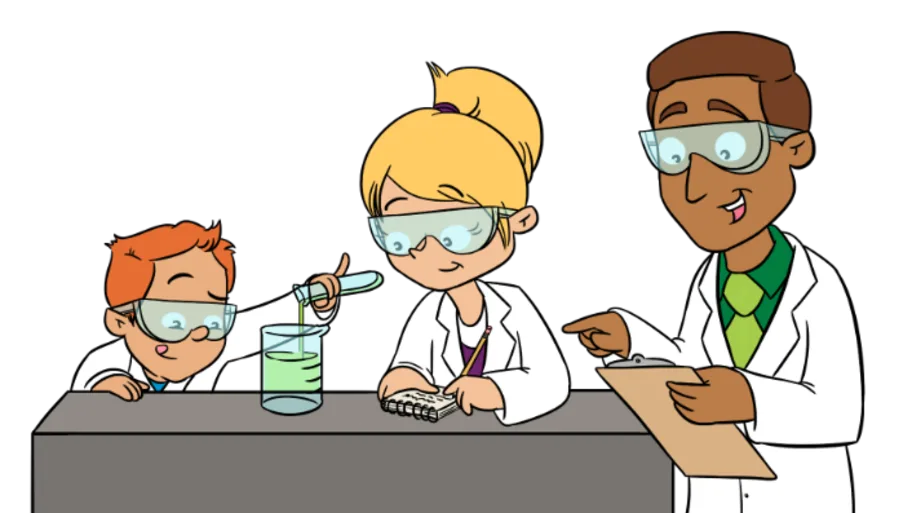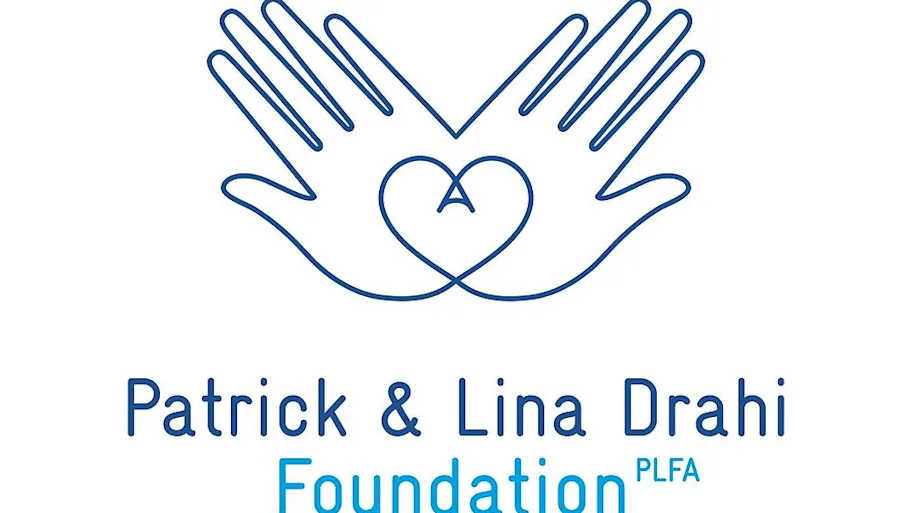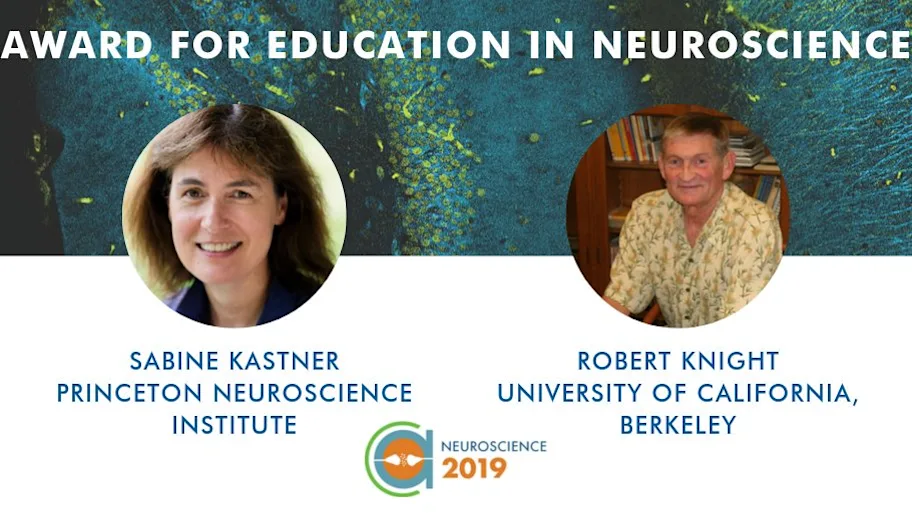
- Science news
- Young Minds
- Frontiers for Young Minds celebrates the publication of its 100th article!
Frontiers for Young Minds celebrates the publication of its 100th article!

That’s 100 scientists who have stepped up to the challenge of communicating their research with young readers.
That’s 100 Science Mentors who have guided their teams of Young Reviewers through the peer review process.
That’s more than 100 kids and classrooms who have used their feedback to push those scientists to make their articles the best they can be.
That’s 100 articles of cutting-edge science available – for free – for kids, teens, parents, teachers, and the young-at-heart.
Frontiers for Young Minds has grown from an interesting idea and a few articles about the brain into a true youth journal with articles spanning neuroscience, astronomy, health, biodiversity, mathematics, and the Earth and its resources. Field Chief Editor Bob Knight of UC Berkeley now has a committed team of Chief Editors working with him to bring in articles from across the academic spectrum, including:
Mark Brandon from the Open University, UK
Fulvio D’Acquisto from Queen Mary University of London
Jay Giedd from UC San Diego
Daniel Kammen from UC Berkeley
Sabine Kastner from Princeton University
Shane Larson from Northwestern University
Jeremy Martin from the University of Kansas
Berend Smit from the École Polytechnique Fédérale de Lausanne
Chelsea Specht from UC Berkeley
Frontiers for Young Minds has hosted live review events at the Bay Area Science Festival; been a part of the US Science and Engineering Festival; collaborated with Scientific American; been recognized as one of the American Library Association’s Great Websites for Kids; created original infographics with Knowing Neurons; and established collaborations with CellPress, the American Physiological Society, and The GLOBE Program.
With editors across 23 countries, we are proud of the growth we have already seen and look forward to making the most of our international network of kids and scientists for the next 100 articles.

The 100th article comes from a team at the University of Toronto and was reviewed by middle school students from the Princeton Friends School. The article focuses on the way our brains take information from our eyes and turn all the pieces (handle, metal bar, flat end) into an object we can recognize (screwdriver) and know how to use (holding the handle and turning screws instead of grabbing the pointy end and brushing our teeth with the handle, for example). This concept is known as semantic memory. By studying the brains of people who are unable to recognize objects, the researchers have identified parts of the brain where these semantic memories seem to be stored. To find out more, read the article here!
– By Amanda Baker
Frontiers for Young Minds has been made possible through support by the Jacobs Foundation of Zurich and the continued support of the Frontiers Research Foundation.
Get involved by contacting us at kids@frontiersin.org






